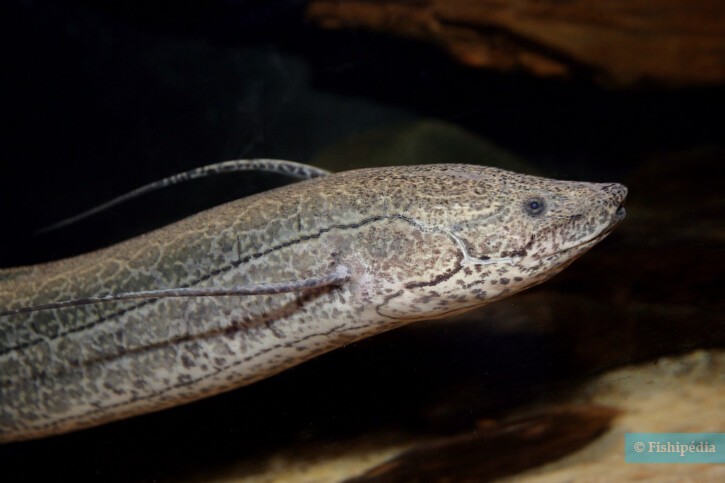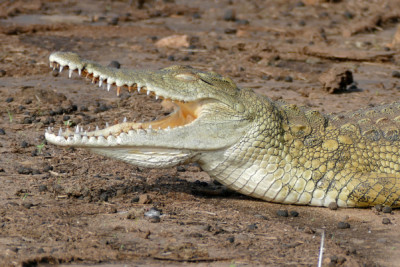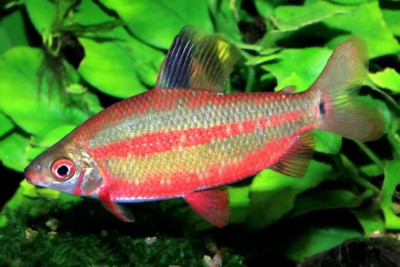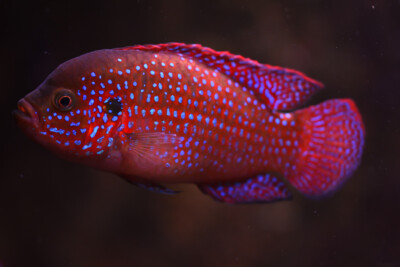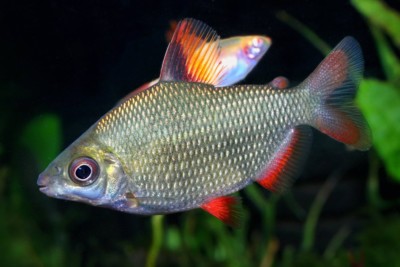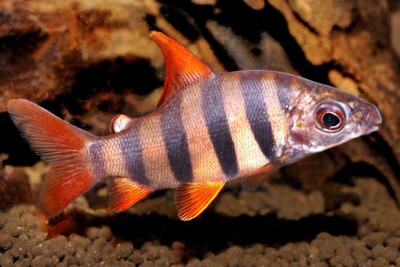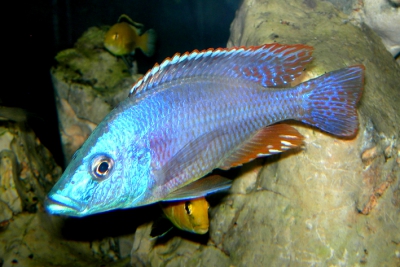west african lungfish
| Family | Protopteridae |
|---|---|
| Genus | Protopterus |
| IUCN category (World) | LC |
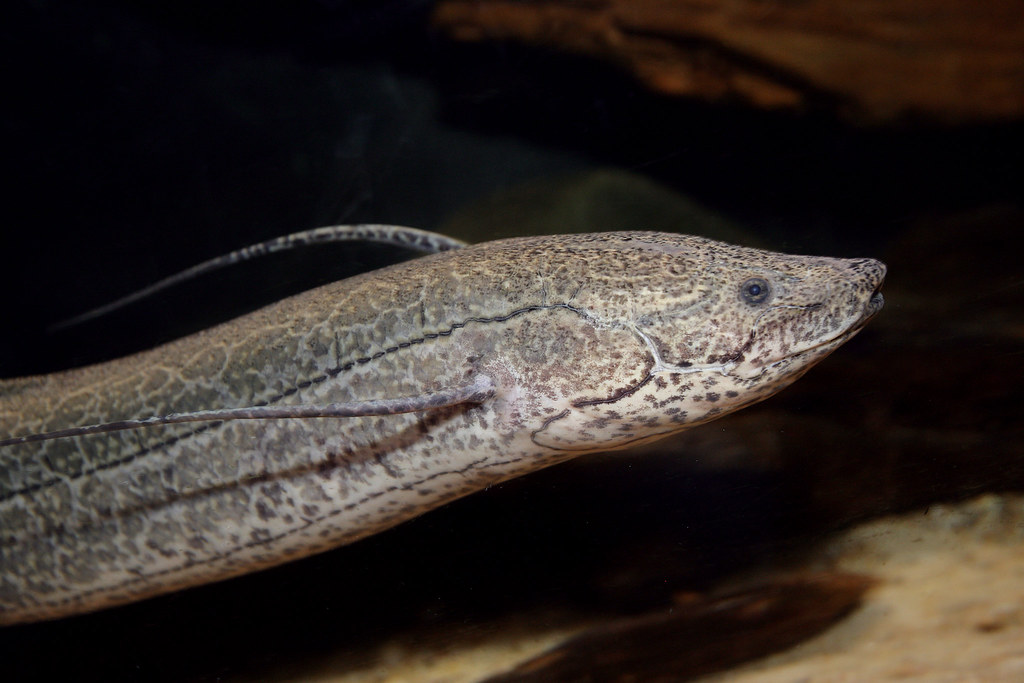

Introduction
Protopterus annectens, commonly known as west african lungfish, is a fresh water fish from the Africa.
This sheet is currently being prepared. The texts currently proposed come from our data model or are being drafted. To request priority for this content, you can write to us HERE.
Who is it?
Morphology
-
Average size80 cm
-
Maximum size100 cm
-
Mimicrymud
-
Patternmottling
-
Average size80 cm
-
Maximum size100 cm
-
Mimicrymud
-
Patternmottling
How to recognize This fish ?
The west african lungfish measures between 80 and 100 cm. This fish is unicolore with a predominantly marron, beige and gris body. The also has noir and marron mottling.
Behaviour & Life cycle
-
dietcarnivorous
-
Sociabilitysolitary
-
territorialNo
-
Way of livingdiurnal
The west african lungfish is a fish solitary naturally found on the bottom. This species is carnivorous .
Although the west african lungfish is non-territorial, it is sometimes aggressive towards other species.
Reproduction
-
Reproductionovipare
The west african lungfish is a fish ovipare. This fish protects its eggs from nearby predators.
Harmless species
This species does not represent any particular threats to humans when encountered in its natural environment.
Origin and distribution
What is its habitat?
Natural environment characteristics
-
Temperature25 - 30 °C
-
FlowSlow
Biotope presentation
The acidification of water comes from the decomposition of plants. This phenomenon changes the color of the water, which tends to turn brown. In some areas particularly rich in organic matter, the water is so dark that it is called "black water".
This animal evolves in areas characterized by a strong presence of vegetation (aquatic and marsh plants, decaying organic matter, roots...).
Species of the same biotope
To go further
Sources & Contributions
Participation & Validation
The Fishipedia team and specialist contributors are committed to providing high-quality content. However, although the information comes from scientific sources or testimonials from specialists, the cards may contain inaccuracies.

Adrien Falzon

Benoit Chartrer
Translation
Translation done with the valuable contribution of our translators, who make this information available to a wider audience. We sincerely thank them for their commitment.
Scientific partners
Species of the same biotope
